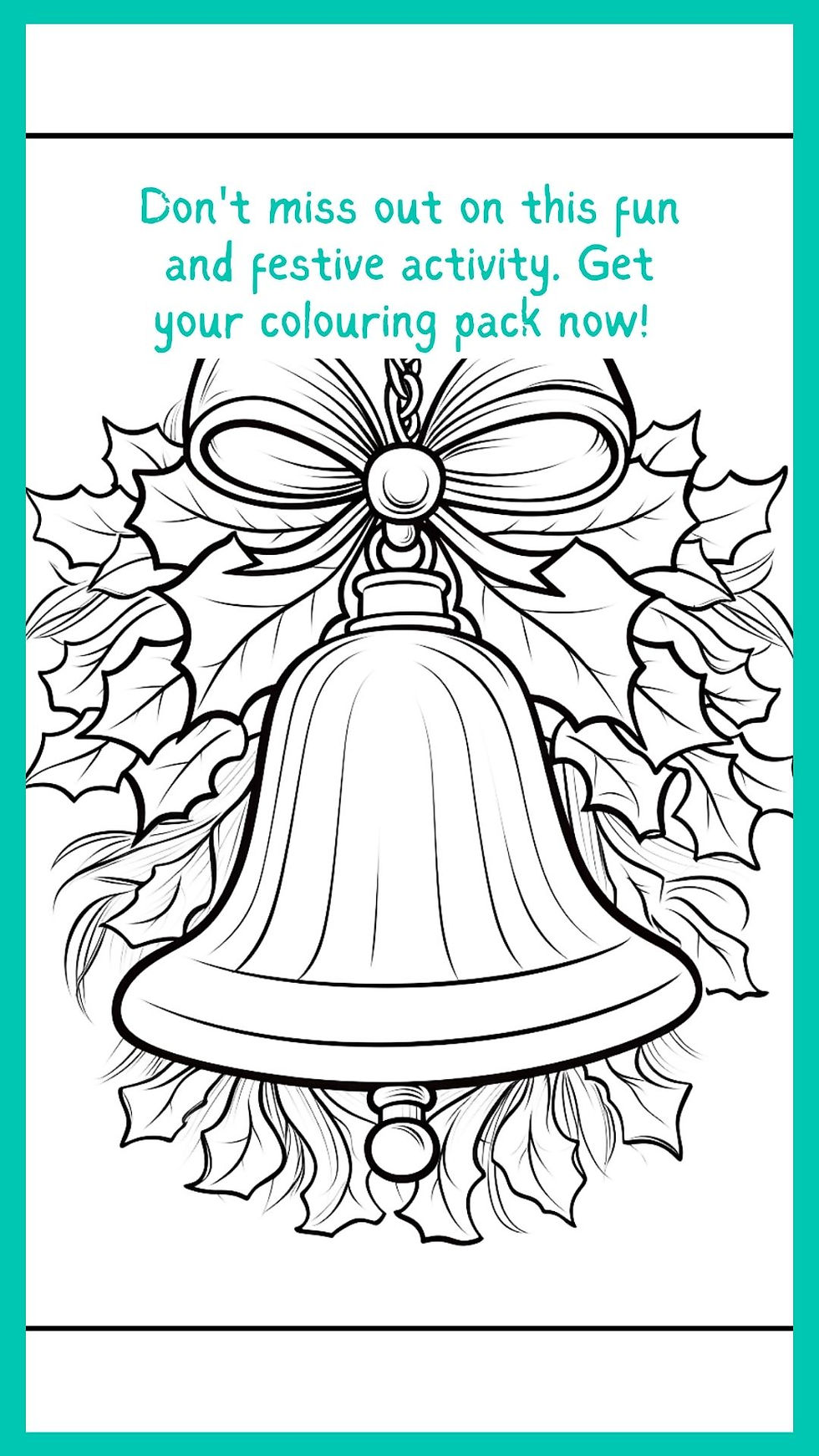4 reasons why painting should be an integral part of care home activities.
- Bright Copper Kettles CIC

- Jul 7, 2023
- 1 min read

Care home activities should be meaningful, purposeful and/or fun. Painting can cover all three of these. It can be a beneficial and therapeutic activity for care home residents, positively impacting their overall wellbeing in several ways. Here are 4 ways painting can help care home residents:
Self-expression and creativity: Painting allows residents to express themselves creatively, even if they have limited verbal abilities or physical mobility. It provides them with an outlet for self-expression, allowing them to communicate their thoughts, emotions, and experiences through art.
Cognitive stimulation: Engaging in painting stimulates various cognitive functions such as memory, attention, and problem-solving. Choosing colours, planning compositions, and manipulating brushes or other tools can enhance cognitive skills and help maintain mental response to stimuli.
Sensory stimulation: Painting engages various senses, such as sight, touch, and even hearing (for example, the sound of brushes on canvas). This multi-sensory experience can be particularly beneficial for residents with sensory impairments, providing them with opportunities for sensory stimulation and enjoyment.
Emotional release and stress reduction: Painting can serve as a form of emotional release for residents, allowing them to express and process their feelings in a safe and non-verbal way. It can provide a sense of relaxation, reduce stress, and alleviate feelings of anxiety or depression.
Overall, painting offers care home residents a creative and therapeutic outlet that supports their wellbeing, self-expression, cognitive function, social interaction, and emotional health.
When organising your art sessions,remember it is important that you provide appropriate materials and adaptations to accommodate residents' abilities and needs.







Comments